Today is All Saints Day, a Catholic holy day of obligation that celebrates the lives of all the saints. With the recent beatification of Italy’s Carlo Acutis, who died of leukaemia in 2006 at the age of 15, the Catholic Church is all set to welcome its first millennial saint. To some, bestowing potential sainthood on one who died so young might seem puzzling, but canonizing children is nothing new in the Catholic Church
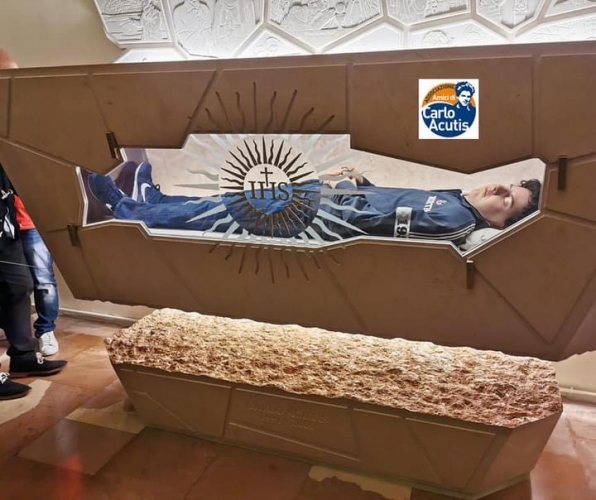
On October 10, 2020, a young Italian named Carlo Acutis was beatified at a special Mass in the city of Assisi, putting the late teenager just one step away from sainthood and allowing Catholics to venerate him as “Blessed Carlo Acutis.”
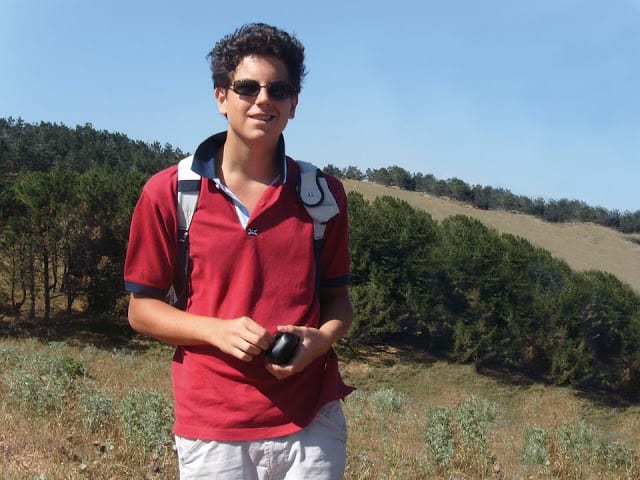
Acutis died of leukemia in 2006, at the age of 15. Like other boys his age, he was avidly interested in computers, video games and the internet. He was also a devout Catholic who went to Mass daily and persuaded his mother as well to be a regular attendee. One of his pet projects was designing a webpage listing miracles across the globe associated with the bread and wine consecrated at Mass, believed by Catholics to be the body and blood of Christ.
After his death, townspeople began to attribute miracles to his intercession, including the birth of twins to his own mother four years after his death. His case was submitted to the Congregation for the Causes of Saints, one of the offices that make up the papal administrative structure – the Curia – of the Catholic Church. It initiated the process of his official canonization in the Roman Catholic Church.
To non-Catholics, bestowing potential sainthood on one who died so young might seem puzzling. As a scholar of medieval liturgy and culture, I know that there has been a long history of including children among the saints approved for official recognition and veneration.
Over the centuries, several children have been proclaimed “Blessed” or “Saint.”
Holy Innocents
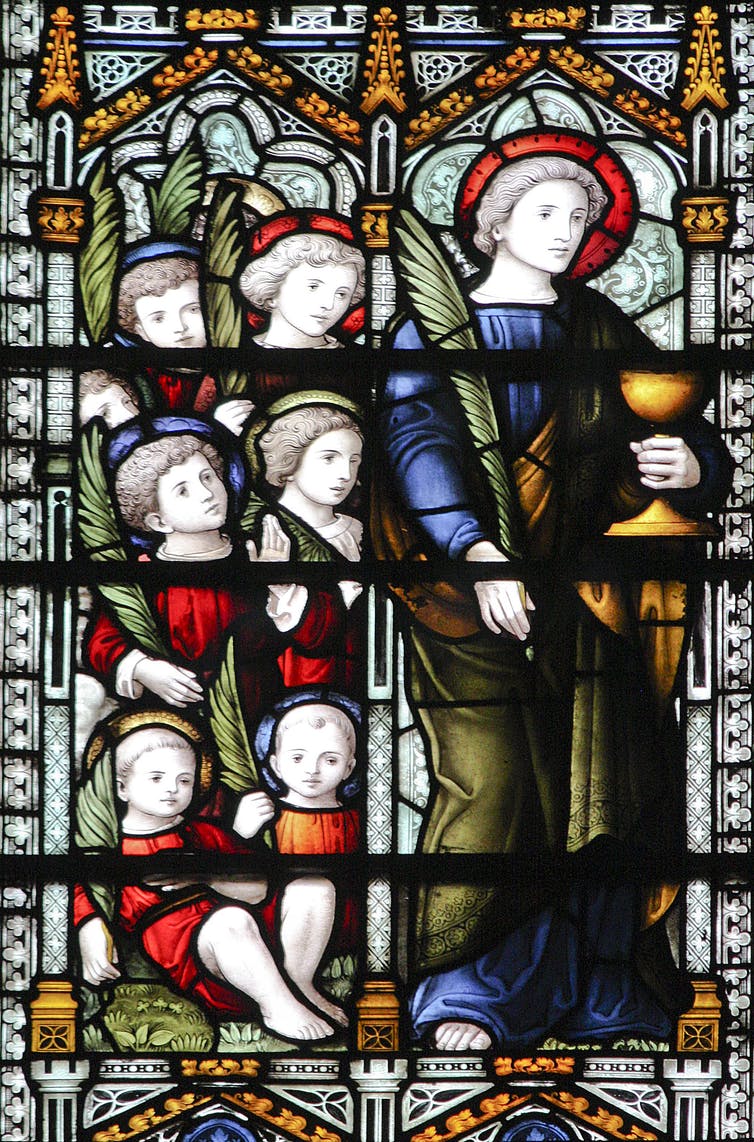
One group of child saints was venerated from late antiquity onward because of their mention in the gospels: the Holy Innocents. In the Gospel of Matthew, King Herod, threatened by rumours of the birth of a new king, sends soldiers to Bethlehem to kill all male infants and toddlers. These children became known as the Holy Innocents.
Because of their connection with the story of the birth of Jesus, sometime in the fifth century the commemoration of the Holy Innocents was set during Christmas week, December 28 in the Western Church. This day is observed by all Catholics even today.
Martyr Saints of China
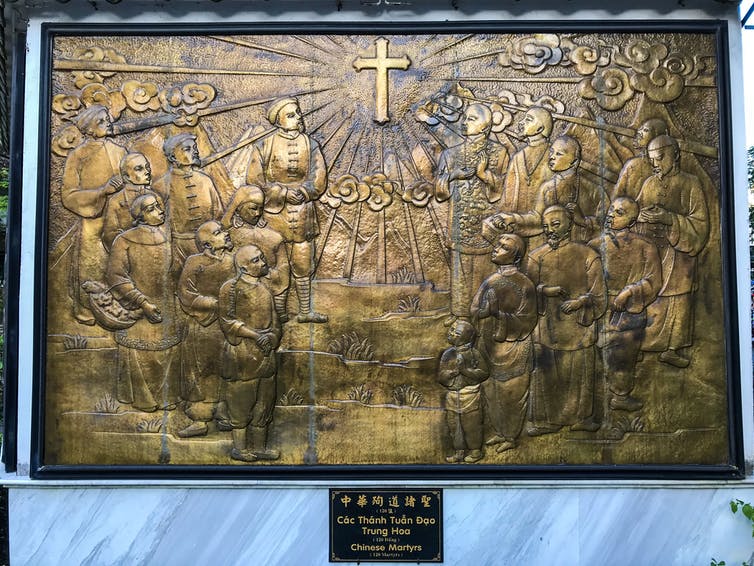
Sometimes child saints have been canonized as part of a larger group of martyrs. For example, among those martyred in China for their Christian faith are 120 Chinese Catholics killed between 1648 and 1930. Members were recognized for their unswerving dedication to the Catholic faith during several periods of intense persecution.
They were canonized by Pope St. John Paul II in 2000. In his homily on that day, the pope made special mention of the heroic deaths of two of them: 14-year-old Anna Wang and 18-year-old Chi Zhuzi, both of whom died in 1900.
St Maria Goretti
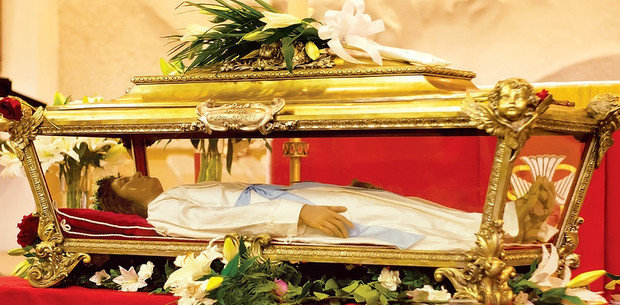
Other child saints were canonized as individuals. One modern example is Maria Goretti, an Italian peasant girl murdered in 1902. Only 11 years old, she was alone at the home her impoverished family shared with another family when she was attacked by the young adult son of that family.
He attempted to rape her and stabbed her when she fought him off. Maria died the next day in a hospital after stating that she forgave her attacker and prayed that God might forgive him, too.
News of this spread quickly across Italy, and stories of miracles followed soon after. Maria was canonized in 1950 and quickly became a popular patron saint for young girls.
Fatima child shepherds
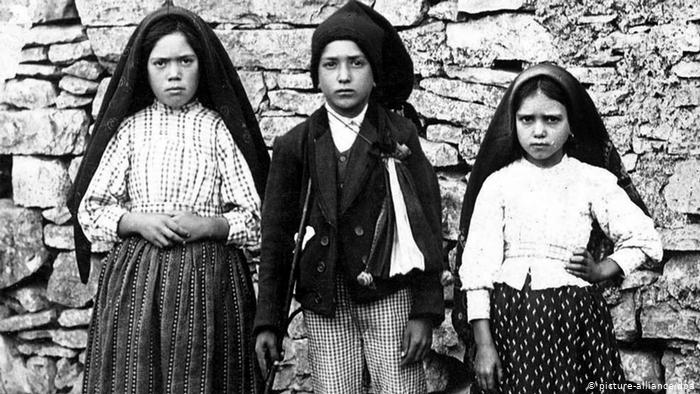
A few child saints were deemed to have demonstrated heroic virtue in other ways. In 1917, three peasant children from the town of Fatima in Portugal claimed to have received visions of the Blessed Virgin Mary.
News of this spread widely, and the location became a popular pilgrimage site. The oldest child, Lucia, became a nun and lived into her 90s; her cause for sainthood is still in process.
However, her two cousins, Francisco and Jacinta Marto, died young of complications from the Spanish flu: Francisco in 1918 at the age of 10, and Jacinta in 1919, age 9. The two were beatified in 2000 by Pope St. John Paul II and canonized by Pope Francis in 2017.
They were the first child saints who were not martyrs. It was their “heroism” and “life of prayer” that was considered to be holy. There were other child saints too who were canonized for reasons other than being martyrs, yet led lives considered exemplary.
But there were also those who were dropped from the official list of saints because of details that were later revealed. One such case was of a 2-year-old Christian boy Simon from Trent, Italy, whose body was found in the cellar of a Jewish family in 1475. Simon’s body was on display and miracles were attributed to him. It was 300 years later that the Jews of Trent were cleared of murder charges. In 1965 his name was removed from the Calendar of Saints by Pope Paul VI.
Nonetheless, this long history shows that sanctity is not limited to adults who lived in the distant past. In the eyes of the Catholic Church, an ordinary teenager in the 21st century too can be worthy of veneration.
Who becomes a saint